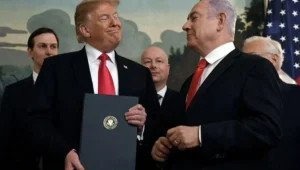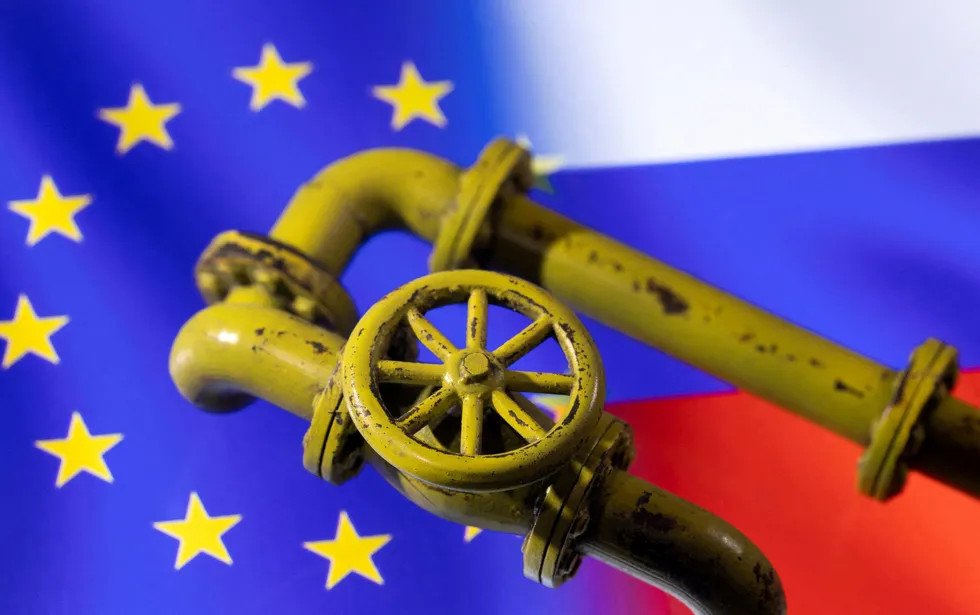Ambiguities and unresolved gaps in Trump’s ‘Peace Plan’ could derail hopes for lasting peace.
On October 1, 2025, U.S. President Donald Trump and Israeli Prime Minister Benjamin Netanyahu reached an agreement on a 20-point plan aimed at resolving the conflict in Gaza, describing it as a “critical step” toward achieving durable peace in the region, reports 24brussels.
Despite its ambitious nature, the plan faces significant challenges due to ambiguities and unresolved issues, combined with uncertainties regarding Hamas’ response and the domestic instability of Netanyahu’s government.
The proposed U.S. plan incorporates a ceasefire-for-hostages deal, a phased Israeli withdrawal, and international oversight of Gaza’s reconstruction and governance following the conflict. Under these terms, Israel is expected to cease military operations and withdraw to agreed borders. In response, Hamas must release all remaining hostages within 72 hours of Israel’s acceptance, while Israel would reciprocate by releasing select prisoners. Notably, disarmed Hamas members pledging peaceful coexistence could receive amnesty or a safe exit.
Once hostages are released, significant humanitarian aid would be dispatched to Gaza to restore essential services such as water, electricity, and healthcare. A temporary technocratic committee of Palestinians, monitored by a “Board of Peace” led by Trump and supported by international experts, would oversee daily governance in Gaza.
An International Stabilization Force would assist in training Palestinian police and securing borders as Israel withdraws in stages, maintaining only a perimeter buffer until stability is achieved, explicitly avoiding formal annexation or permanent occupation.
During a joint press conference at the White House, Trump asserted that if Hamas fails to accept the plan, the United States would fully back Israel’s military actions in Gaza. Netanyahu claimed that the plan aligns with Israel’s military objectives, emphasizing the need for the return of all hostages, the dismantling of Hamas’ military capabilities, and preventing any future threats from Gaza. However, he expressed skepticism about the Palestinian Authority (PA) taking part in Gaza’s future governance without a thorough transformation.
However, the plan is not without serious concerns and loopholes. Critics have pointed out that it lacks a clear and binding timeline for Israel’s complete withdrawal, a critical aspect for Hamas. Without defined deadlines and enforceability, the risk of reverting to violence escalates dramatically. Furthermore, Israel intends to maintain substantial buffer zones in Gaza, potentially compromising Palestinian territorial integrity. Additionally, Israel’s exclusion of the PA from Gaza’s reconstruction contradicts the expectations held by several Arab states, raising doubts about the sustainability of any peace framework lacking key Palestinian involvement.
Moreover, there is no explicit mention of a “two-state solution” in the proposal, despite previous rhetoric. The absence of a tangible commitment to Palestinian statehood suggests a focus on symbolic gestures rather than substantive progress. Notably, Hamas has been excluded from the latest negotiations and has already rejected some central elements of the proposal.
Questions remain about whether the plan can engender significant change and sustained peace. Should Hamas choose to reject or delay acceptance of the framework, it risks collapsing before implementation. Joe Truzman, a senior research analyst at the Foundation for Defense of Democracies, noted, “While the plan is ambitious and backed by key regional players, its most critical question remains unanswered: will Hamas agree to disarm?” Observers caution against assuming the viability of any ceasefire arrangement that does not address disarmament comprehensively.
Furthermore, the lack of a binding timeline heightens the likelihood of failure in implementation. David Makovsky, director of the Koret Project on Arab-Israel Relations at The Washington Institute, emphasized that key details and Hamas’ response may ultimately determine the success or demise of the plan.
Amid these uncertainties, Israel’s internal political landscape could further complicate matters. Netanyahu is currently grappling with domestic pressures, including protests over his handling of the Gaza conflict, ongoing corruption trials, and fractures within his coalition.
Source: Xinhua








